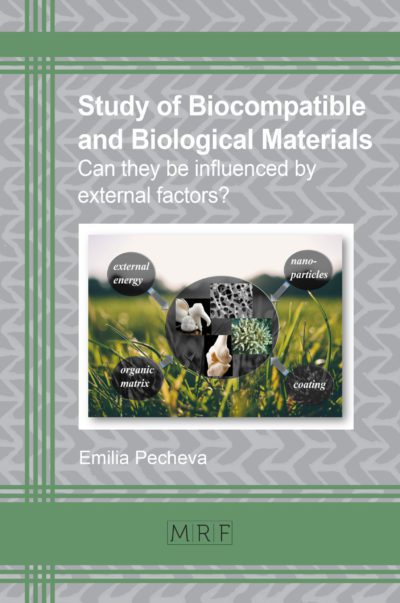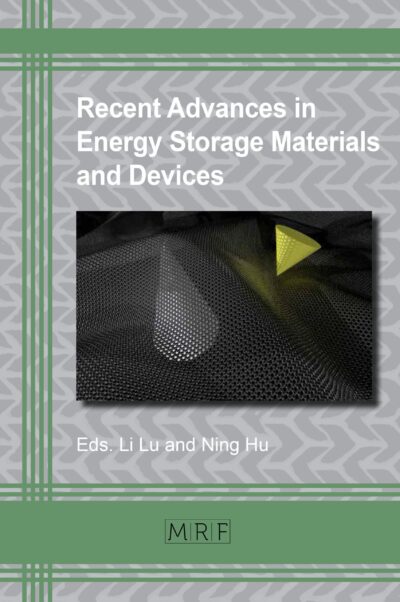Negative Thermal Expansion Materials
D.J. Fisher
Materials Research Foundations Volume 22
Publication Date 2018, 178 Pages
Print ISBN 978-1-945291-48-7 (release date January 15, 2018)
ePDF ISBN 978-1-945291-49-4
DOI: 10.21741/9781945291494
In everyday life, minute thermally-induced elongations are essentially invisible to the naked eye; but even minute expansions can fatally degrade device processing and performance in – for example – the semiconductor industry. Materials which, astonishingly, contract upon heating offer the great advantage of being able to tune the overall thermal expansion of composite materials or to act as thermal-expansion compensators. The development of these negative thermal expansion materials has advanced rapidly during the past fifteen years, and a wide variety of materials of differing types has now been identified, as well as a number of intriguing mechanisms which help to avoid the apparent inviolable tendency of size to increase with temperature. The present work is the most up-to-date summary of the current range of negative thermal expansion materials and of the associated mechanisms.
Keywords
Negative Thermal Expansion Materials, Thermomiotic Behavior, Thermal Stress-Fracture, Thermal Expansion of Composites, Thin-Film Design, Metamaterials
Table of Contents
Introduction xi
General xi
Elementary theory xv
Framework structures xix
Metals 1
Molybdates 10
Phosphates 18
Vanadates 22
Tungstates 26
Halides 54
Zeolites 59
Cyanides 63
Carbon 69
Manganese Nitrides 71
Metal-Organics 80
Simple Oxides 84
Mixed Oxides 89
Miscellaneous Materials 102
Semiconductors 109
Organic Materials 112
References 116
Keyword Index 155


















